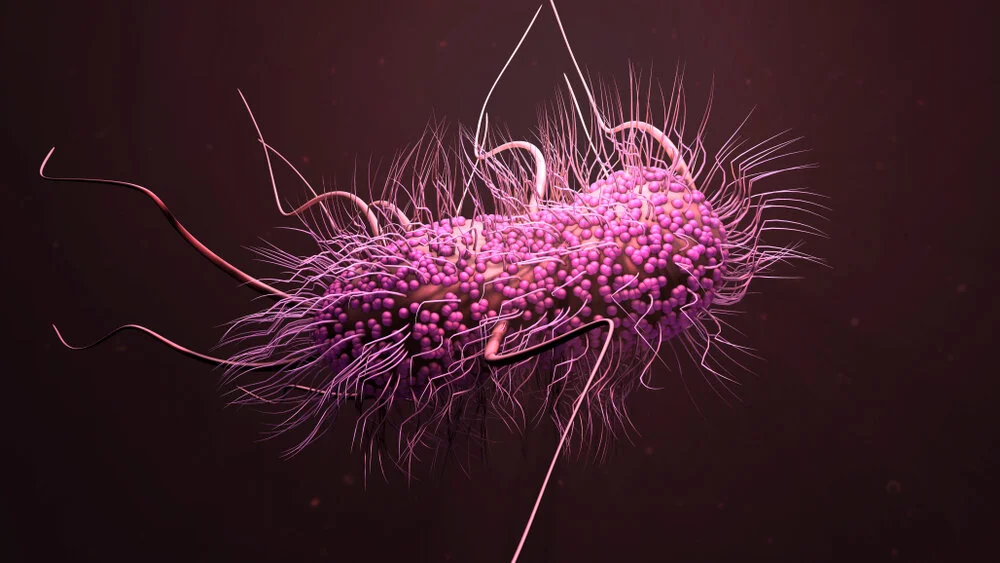Nanotech antimicrobial masks filter 99.9% of bacteria, viruses, and haze particles

Materials scientists from Nanyang Technological University, Singapore (NTU Singapore) have developed a reusable "nanotech mask" that can filter out 99.9 percent of bacteria, viruses and particulate matter (PM), as well as kill bacteria.
Its novel antimicrobial coating kills bacteria within 45 seconds and is effective for at least 144 hours (six days).
Its filtration efficiency surpasses those of N95 masks (95 percent filtration of PM0.3) and can be washed and reused over 10 times.
In mid-May, Singapore tightened its COVID-19 measures as the country was facing an increase in the number of infections, and the population was advised to use face masks with high filtration capability to help curb the spread of the coronavirus.
The made-in-NTU mask comprises two key components: an antimicrobial coating made from copper nanoparticles developed and patented by Professor Lam Yeng Ming, coated on a fabric mask invented by Associate Professor Liu Zheng, which has a unique dielectric property that attracts all nanoparticles and germs.
Professor Lam, who is also the Chair of NTU's School of Materials Science and Engineering, said their mask prototype combines the two most desired properties needed to fight COVID-19, into a single filter.
"In experiments, our copper nanoparticle coating has an extremely fast and sustained antibacterial activity, with a killing efficiency of up to 99.9 percent when it meets multi-drug resistant bacteria. This coating will help to reduce the spread of bacteria as it kills microbes in droplets trapped by the mask fibers, which provide excellent filtration efficiency. This should give users a double layer of protection compared to conventional surgical masks," explained Professor Lam.
Experiments on the antibacterial effectiveness of the mask were conducted in collaboration with scientists from the National University of Singapore (NUS). They simulated real-life conditions by introducing multi-drug resistant bacteria in droplet form on fabric surfaces and observed that almost all the bacteria were dead by 45 seconds.
The reason for the effectiveness of the antimicrobial coating was two-fold: the first is the extremely small size of the nanoparticles, which are about 1,000 times smaller than the width of a human hair. Collectively, millions of nanoparticles provide a huge surface area for the viruses and bacteria to contact, compared to bigger particles.
The second is the high level of oxidative damage caused by the copper oxide material. Copper oxide induces the generation of reactive oxygen species, resulting in DNA damage of important cell structures in the bacteria, such as the cell membrane, severely damaging it and causing the bacteria to die.
To make it easy to apply, the antimicrobial nanoparticle solution is designed to be spray-coated on all soft and hard surfaces.
Various peer-reviewed studies have shown that copper oxide is effective in killing viruses, such as the recent study published in ACS Applied Materials & Interfaces by The University of Hong Kong and Virginia Tech, where door handles were coated with a layer of copper oxide material.
The NTU team tested their nanoparticle coating in harsh conditions for120 washing cycles (in the presence of soap or its active components at 45 degrees) and found that there was almost no copper loss—posing very little risk of toxicity to humans.
The nanoparticles are also bonded to the fibers within the mask, so there is no contact with human skin when the mask is worn.
Superior trapping capabilities of the mask
Killing viruses and bacteria would only work if the mask is able to trap and stop them from passing through. This is where Associate Professor Liu's breakthrough came in handy.
Last year, his team developed a way to integrate dielectric materials to plastic fibers during the manufacturing process of an unwoven fabric filter made from Polypropylene (PP), commonly used in disposable surgical masks used by hospitals. This was done in collaboration with Prof Guan Li from the Renmin University of China.
The dielectric materials have excellent electrostatic capabilities, which can attract and bind to particles possessing a negative or positive charge, similar to how magnets attract metal particles.
Made from fibers with a diameter of 200 to 300 nanometres, the mask has a higher surface area that lowers the breathing resistance—making it easy for its wearer to breathe as compared to conventional N95 respirators, which are denser.
In tests, the next-generation dielectric composite fabric had 50 percent higher filtration efficiency than pure PP masks, which are commonly rated at 95 percent BFE (Bacterial Filtration Efficiency).
Assoc Prof Liu said: "With our new composite filter, we can achieve up to 99.9 percent BFE, trapping almost all microbes and particulate matter from smoke or haze. Its filtration efficiency surpasses a N95 mask but allows the wearer to breathe much easier.
"More importantly, it can be mass-produced easily using the current production process. It is also washable for more than 10 times before losing filtration efficiency, making it more sustainable than current one-use disposable masks."
In experiments, the mask was able to attract and trap a broad range of particulate matter: from PM10 (average particle size of 10 microns) to PM0.3 (0.3 microns—about 0.3 percent the diameter of a human hair) with a filtration efficiency of 99.9 percent.
The antimicrobial coating has a patent filed through NTU's enterprise and innovation company, NTUitive, and Prof Lam's team is already working with a local company to coat it on their products.
Assoc Prof Liu's dielectric composite fabric material is now used by an overseas manufacturer to make N95 masks that are as easy to breathe as disposable surgical masks and are available commercially.
The team is now looking to work with local industry partners who are keen to license and scale up the production of their 2-in-1 mask and are currently preparing scientific papers for submission in scientific journals.
NTU scientists have been working on developing solutions in the global fight against COVID-19.
These include innovations such as autonomous disinfection robots, COVID-19 rapid test kits and a breathalyzer device, a smart mask, antimicrobial coatings, as well as fundamental research on the coronavirus to find new drug targets for treatment and vaccine development.
Healthcare is one of humanity's grand challenges that NTU seeks to address under the NTU 2025 strategic plan.
Image: Shutterstock - Maridav





